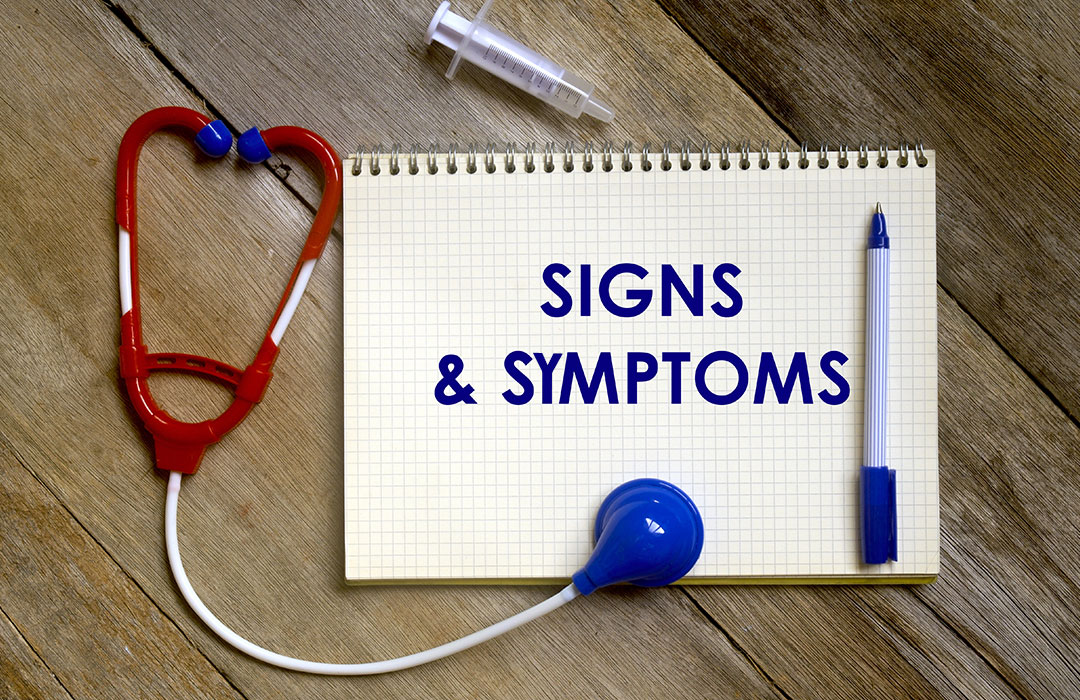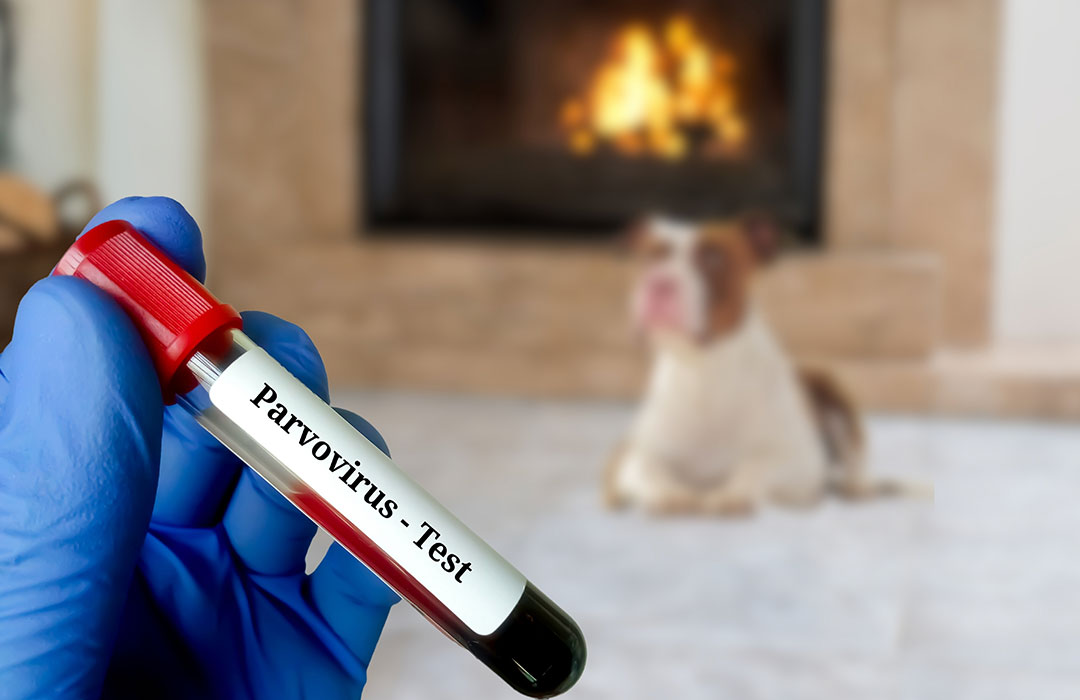Parvovirus Explained
Posted by Wolf & I Co. on Aug 28, 2024
Wolf & I Co. have collaborated with Pet Parents Portal (a team of vets sharing vital tips to help care for your dog) and they've put together some helpful information to explain parvovirus in dogs. You may have heard about parvovirus but not really know what it is, how it's spread or how it can be prevented. Read on for the low down on parvovirus...
One of the diseases that we vaccinate dogs against is canine parvovirus. Canine parvovirus is a small, non-enveloped virus. The lack of an envelope makes the virus very hardy and able to live for weeks and months in the environment. The original viral strain emerged in the late 1970’s and is now found worldwide. The virus is able to infect domestic dogs, wolves and other wild carnivores. Puppies less than six months old are the most severely affected.
How is parvovirus spread?
Canine parvovirus is highly contagious. The virus is shed in the faeces of infected dogs and is spread via ingestion or inhalation by direct or indirect (on common surfaces) contact. Following infection via the nose or mouth, the virus replicates in the tonsils and lymph nodes. It then spreads to the intestine via lymphocytes in the bloodstream. After the virus has spread to the intestine, it replicates in the intestinal epithelial cells leading to their destruction. This breaks down the gut’s protective barrier.

What are the clinical signs?
Depending on the age and immune status of the infected puppy or dog, canine parvovirus can cause a range of clinical signs. From subclinical infection to sudden and severe gastroenteritis. It can also, very rarely, cause myocarditis (inflammation of the heart muscle). Myocarditis occurs in newborn puppies (2-4 weeks of age) whose hearts are still developing and therefore, their myocardial cells are dividing rapidly. Canine parvovirus is able to replicate in these cells, often leading to sudden death.
Subclinical infections usually occur in puppies with enough levels of maternally derived antibodies to protect against disease but not enough to prevent infection. Maternally derived antibodies are delivered to puppies across the placenta in utero and in colostrum during their first few days of life. The amount of maternally derived antibodies delivered to individual puppies can vary across a litter, making some more susceptible to infection than others.
Adult dogs can also be infected and most usually show no clinical signs. Sometimes non-specific signs are noticed, like lethargy and a reduced appetite for a few days. Subclinical infections can be a big problem in breeding kennels and animal shelters, where healthy but infected dogs spread the virus to susceptible puppies.
The more common presentation of canine parvovirus is the gastroenteric form, the virus replicates in the gut, upsetting the intestines ability to perform its normal function. Common clinical signs are:
- Not eating
- Depression
- Fever
- Vomiting
- Diarrhoea (often bloody)
Affected puppies and dogs quickly become severely dehydrated and without supportive fluid therapy they can die within two to three days.

How is parvovirus treated?
The mainstay of parvovirus treatment involves two main aims:
- The primary goal of treatment is to restore hydration and electrolyte balance, this is done using intravenous fluid therapy.
- Because the lymphocytes (white blood cells are affected) preventing concurrent infection with opportunistic bacteria is also important, therefore broad spectrum antimicrobials are often administered.
How can parvovirus be prevented?
Vaccination is the mainstay of parvovirus prevention. Higher levels of maternally derived antibodies can interfere with immunisations working effectively. This is why puppies are vaccinated several times between the ages of 8 and 16 weeks. This is also why puppies are restricted for any kind of walks out in the neighbourhood until they have had their vaccinations.
Vaccinating regularly optimises the chance of catching the puppy’s immune system when the maternal antibodies have waned enough to allow the vaccination to work, thus reducing the window of opportunity for parvovirus infection.
If infection with parvovirus is confirmed, management to reduce spread should be started immediately. Given the virus’ ability to live for long periods in the environment several practices should be put into place:
- Strict isolation of the affected dog / puppy is mandatory
- Faecal material should be removed as soon as possible as this is the main source of the virus
- A proven disinfectant (based on veterinary advice) should be used to clean all surfaces
If you suspect your fur baby, especially a young puppy, has parvovirus contact your vet immediately for advice.
Want to follow Pet Parents Portal? Check them out on Instagram and subscribe for more epic adventures sent direct to your inbox!

